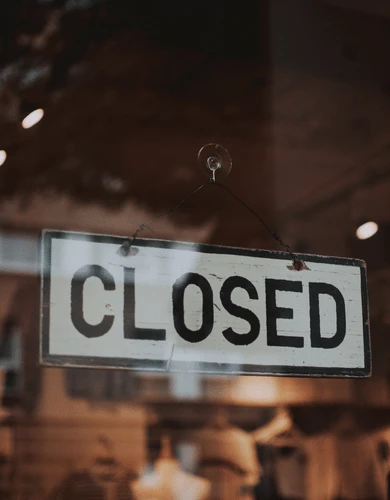Green Gas Levy (GGL) Explained
The UK government is working hard to encourage decarbonisation of the energy sector, and one strategy being employed is to introduce strategic levies to promote green investment.
In this article, we explore the Green Gas Levy – a charge applied to any business gas suppliers who rely on natural gas (a fossil fuel).
We break down the rates and answer your frequently asked questions.
What is the Green Gas Levy?
The Green Gas Levy is a policy aimed at promoting the production of green gas. It requires gas suppliers to buy a certain amount of green gas and pay a levy if they do not meet this obligation.
The Green Gas Levy is part of the government’s efforts to reduce greenhouse gas emissions and transition to a low-carbon energy system.
The money raised from the levy supports the production of biogas, such as biomethane, from renewable sources through business energy grants by the Green Gas Support Scheme (GGSS).
The funds raised from the GGL will be paid to the participants of GGSS for the amount of eligible biomethane they inject into the gas network. The GGL also covers Ofgem’s administrative costs for running the scheme.
The Secretary of State for Business, Energy and Industrial Strategy sets the levy rate annually, and the scheme year runs from 1 April to 31 March.
When did the Green Gas Levy come into place?
30 November 2021, and it funds the Green Gas Support Scheme (GGSS).
Who pays the Green Gas Levy?
Business gas suppliers pay the Green Gas Levy, but only if they don’t already purchase green gas supplies.
2023/2024 Green Gas Levy Rates
The GGL levy rate for the 2023-2024 scheme year (1 April 2023 to 31 March 2024) has been announced by the BEIS as follows:
0.122p per meter per day, equivalent to 45p per meter over the year
How are the Green Gas Levy rates calculated?
The Green Gas Levy rate in the UK is determined by the BEIS and is based on the cost required to support renewable natural gas production.
The levy is calculated considering the subsidies needed to incentivise the production and supply of renewable gas – including the cost of administration and enforcement of the scheme.
The rate is reviewed and adjusted annually to reflect changes in these costs.
The green gas levy is calculated by:
Maximum Projected Green Gas Support Scheme annual spend / Projected total of meter points in the market for that rate year * 365 = Price per meter (In pence)
What are the underlying variables?
The 2023-2024 Green Gas Levy rates have been calculated based on the following variables:
| Variable | 2023-2024 |
|---|---|
| A – Adjustment factor | 1.00653 |
| SB – Projected scheme expenditure * | £37,832,570 |
| SD – Forecast scheme year end surplus | £46,822,210 |
| AA – Ofgem’s total forecasted administration costs | £3,080,000 |
| TY – True-up from scheme year before last | £0 |
| TD – Year end deficit from scheme year before last | £0 |
| QL – Quarterly lag uplift | £15,887,211 |
| H - Headroom | £1,256,645 |
| I – Interest accrued on levy funds held in Ofgem bank account | £0 |
| Ofgem’s estimated administration costs for carrying out a mutualisation process** | £12,500 |
*This corresponds to the GGSS Overall Scheme Expenditure Budget.
Does it affect consumers?
No, consumers will not pay the Green Gas Levy. The Green Gas Levy is paid by the gas supplier and not the consumer, so the levy does not appear on business energy bills.
However, typically, business energy suppliers pass on their underlying costs to customers, so the levy effectively gets incorporated into business gas rates.
Why was the Green Gas Levy introduced?
The Green Gas Levy was introduced to support the Green Gas Support Scheme. The money generated from the Green Gas Levy will go directly into the GGSS, which will focus on providing financial incentives for biomethane (green gas) production and injection in the gas distribution grid.
Heating business premises and homes contribute to a third of the UK’s overall greenhouse gas emissions; by increasing the amount of green gas injected into the grid, we will be able to reduce our carbon emissions.
Who announces the Green Gas Levy rates?
The Department for Business, Energy and Industrial strategy. Previously it was the government which announced the rates. However, from 2023/2024 onwards, BEIS will notify this by the 31st of December in the preceding year.
Are there any exemptions?
Yes, there are exemptions on the GGL – an exemption is available to the suppliers whose total gas supply for the duration of a scheme year comprises at least 95% certified biomethane.
Anyone seeking this exemption must prove their biomethane levels within their supply to get this exemption.
Looking to save on your business energy bills?
Save money on your energy bills by using one of our services below:
Business energy comparison
Business gas comparison
Business electricity prices

